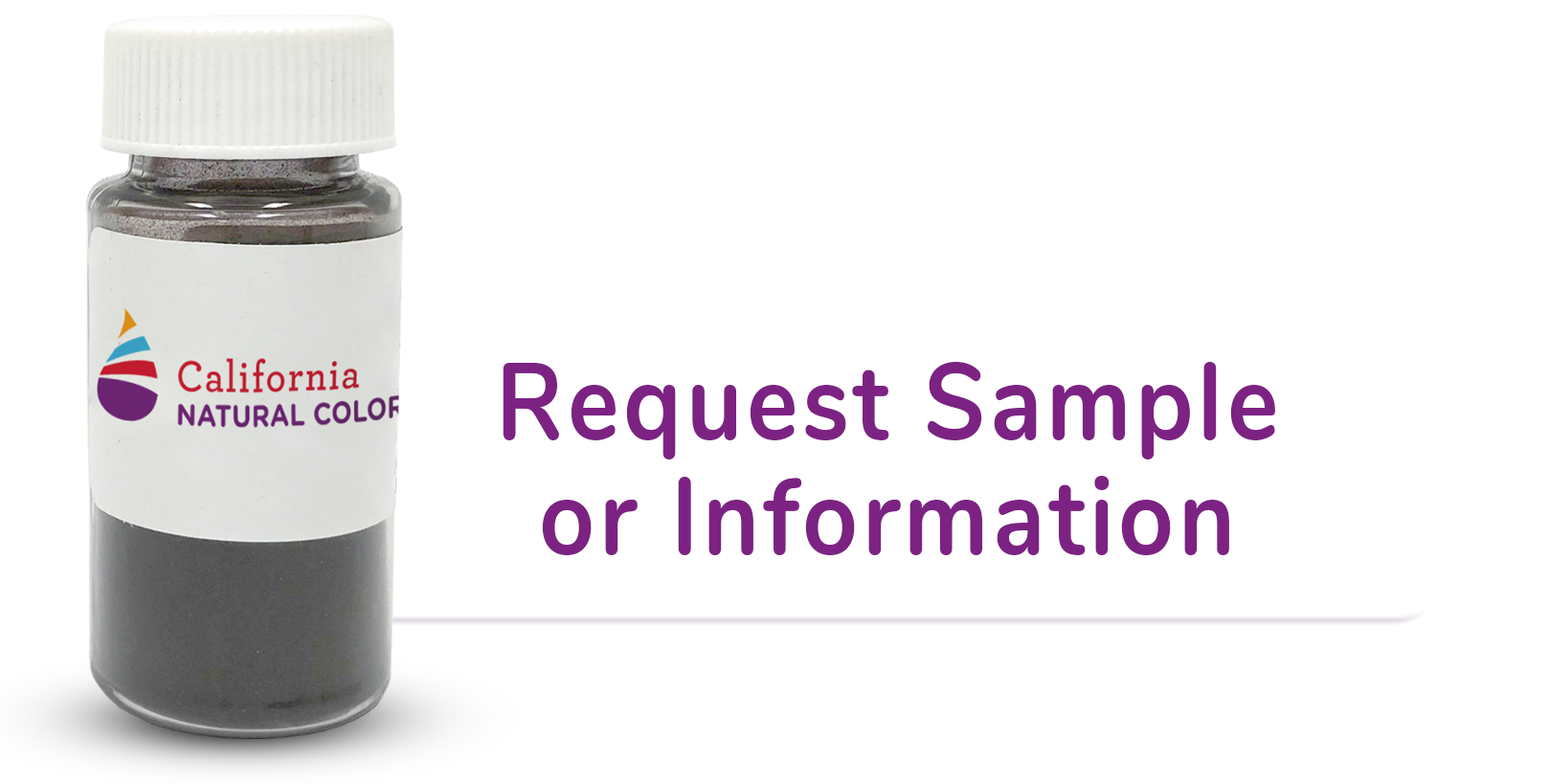Navigating the Shift to Natural Colors in Food and Beverages
June 24th, 2025

The food and beverage industry is undergoing a significant transformation as state regulations and consumers push for cleaner, more transparent ingredient labels. Synthetic food dyes are under scrutiny due to health concerns and the shifting consumer perception.
With FDA’s revocation of Red Dye No. 3 and recent actions taken to phase out other petroleum-based food dyes highlight the urgency for manufacturers to reformulate with colors from natural sources.
Several natural sources are available as viable alternatives to synthetic dyes:
- Beet: provides a deep red hue but can be sensitive to heat
- Radish/red carrot: vibrant red shades with good stability at slightly acidic pH levels
- Turmeric: stable across pH levels but can be sensitive to light
- Safflower: good stability against light, heat, and across pH levels
- Spirulina: most stable at pH >3.75 but can be sensitive to heat
- Butterfly pea: good stability, shifts in color with change in pH
It is important to keep in mind the pH of the application, processing, and packaging when selecting the source of the natural color. Adjusting the pH of the product can help maintain the desired shade when using pH sensitive natural dyes. Using opaque or protective packaging can help mitigate any light-induced color degradation.
The phase-out of synthetic food dyes marks a pivotal moment for the industry. By understanding the technical nuances and leveraging innovative solutions, brands can successfully navigate this transition – and with California Natural Color as a trusted partner, you gain support, and the expertise needed to lead the next generation of food and beverage innovation.


